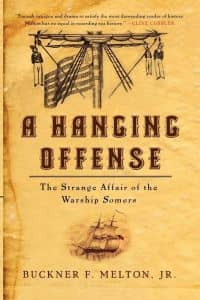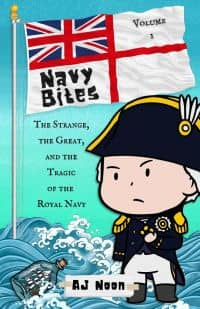AOS Naval Non Fiction - General
General Non-Fiction books about the Navies of the world during the Age of Sail.

- Details
- By: Antoine Vanner
- Title: Broadside and Boarding: Small scale action in the Age of Fighting Sail
- First Published by: Old Salt Press
- First Published Format: Kindle
- First Published Date: 7 December 2024

- Details
- By: Philip MacDougall
- Title: The Naval Mutinies of 1798: The Irish Plot to Seize the Channel Fleet
- First Published by: Pen & Sword
- First Published Format: HC
- First Published Date: 18 June 2024
- ISBN-10: 1399044591
- ISBN-13: 978-1399044592

- Details
- By: Buckner F. Melton
- Title: A Hanging Offense: The Strange Affair of the Warship Somers
- First Published by: The Free Press
- First Published Format: HC
- First Published Date: 1 April 2003
- ISBN-10: 0743232836
- ISBN-13: 978-0743232838

- Details
- By: Thomas Sheppard
- Title: Commanding Petty Despots: The American Navy in the New Republic
- First Published by: Naval Institute Press
- First Published Format: Kindle
- First Published Date: 15 March 2021

- Details
- By: A. J. Noon
- Title: Navy Bites: Volume I
- First Published by: Redvark Publishing Limited
- First Published Format: PB
- First Published Date: 24 July 2023
- ISBN-10: 1838433252
- ISBN-13: 978-1838433253

Roman Britain's Pirate King: Carausius, Constantius Chlorus and the Fourth Roman Invasion of Britain
- Details
- By: Simon Elliott
- Title: Roman Britain's Pirate King: Carausius, Constantius Chlorus and the Fourth Roman Invasion of Britain
- First Published by: Pen & Sword Military
- First Published Format: HC
- First Published Date: 28 June 2022
- ISBN-10: 139909436X
- ISBN-13: 978-1399094368